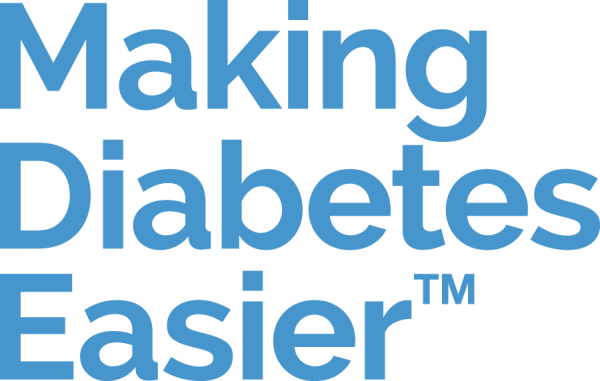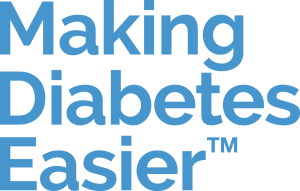Diabetes mellitus: definition, symptoms, treatments

Diabetes mellitus: definition, symptoms, treatments
The name diabetes, meaning "to pass through" in Ancient Greek, dates back to late Antiquity [1]. The origin of the word stems from observations made by doctors of the time: people affected by this as yet little-known condition urinated immediately after drinking. It was as if the water was flowing straight through them [1]! It wasn't until the 17th century that the word "mellitus" was officially tagged on to "diabetes", owing to the high sugar concentration in the urine of people with diabetes [1].
Today, we know that diabetes mellitus, now simply contracted to "diabetes", covers a group of disorders affecting the way that glucose - sugar - is used in the body. But what exactly is diabetes mellitus? And what are its symptoms and treatments?
What is diabetes mellitus?
Diabetes mellitus is a term that covers several metabolic disorders that are all related to excess blood glucose. This is called hyperglycaemia.[2,3].
But why does glucose build up in the blood? There are various causes, which is why we can define three main types of diabetes mellitus:
- Type 1 diabetes (5-10% of cases), in which the pancreas does not produce enough insulin, or no insulin at all, resulting from antibodies partially or completely destroying the pancreatic insulin-producing cells (the pancreatic beta-cells) [1,2,3,4].
- Type 2 diabetes (90-95% of cases), in which the body's cells become insensitive to the action of insulin (insulin resistance), with reduced insulin production in the pancreas. Glucose can then no longer be used properly by the cells and builds up in the blood [1,2,3].
- Gestational diabetes (affecting, on average, 13% of pregnancies), a blood glucose regulation disorder that appears for the first time during pregnancy and is promoted by the hormones secreted at this time [2,3,5].
Symptoms
The primary symptoms of type 1 and type 2 diabetes are:
- Permanent thirst (polydipsia) with a frequent need to urinate (polyuria);
- Weight loss;
- Blurred vision [2,3].
These symptoms are all indicators of hyperglycaemia, in other words overly high blood glucose levels. In the case of type 1 diabetes, they are usually triggered during childhood and adolescence, while type 2 diabetes most often appears in adulthood and can be asymptomatic for several years [2,3].
Treatments
Treatments for diabetes mellitus can vary depending on the type of diabetes diagnosed, but usually involve learning to carry out regular blood glucose level (glycaemia) tests. This can be done by using a hand-held blood glucose meter or a continuous glucose monitoring device [4].
Type 1 diabetes always requires insulin injections to compensate for the fact that the pancreas produces very little or no insulin [2,4]. If type 2 diabetes is diagnosed, it is usually necessary to change up to a healthier lifestyle combining a balanced diet, weight loss, and regular physical activity [5]. If this proves to be insufficient to normalise your glycaemia, treatment with anti-diabetic drugs and/or insulin injections may also be prescribed [6]. Lastly, treatment of gestational diabetes usually involves nutritional therapy together with physical activity, if the pregnancy allows it, and will, in most cases, be sufficient to restore normal blood glucose levels [6].
With the right treatment, it is possible to live a normal, fulfilling life with diabetes mellitus[1]!
Sources:
- Marianna Karamanou, Athanase Protogerou, Gregory Tsoucalas, George Androutsos, Effie Poulakou-Rebelakou. Milestones in the history of diabetes mellitus: The main contributors. World J Diabetes. 2016 Jan 10;7(1):1-7. doi: DOI: 10.4239/wjd.v7.i1.1
- American Diabetes Association. Diagnosis and Classification of Diabetes Mellitus. Diabetes Care 2013 Jan; 36(Supplement 1): S67-S74; doi: 10.2337/dc13-S067.
- A. Petersmann et al. Definition, Classification and Diagnosis of Diabetes Mellitus. Exp Clin Endocrinol Diabetes 2019; 127 (Suppl 1): S1–S7; doi: 10.1055/a-1018-9078.
- Klemen Dovc, Tadej Battelino. Evolution of Diabetes Technology. Endocrinol Metab Clin North Am. 2020 Mar;49(1):1-18. doi: 10.1016/j.ecl.2019.10.009. Epub 2019 Dec 4.
- International Diabetes Federation. IDF Diabetes Atlas, 9th ed.
- EM Alfadhli. Gestational Diabete mellitus. Saudi Med J 2015; Vol. 36 (4): 399-406 doi: 10.15537/smj.2015.4.10307

